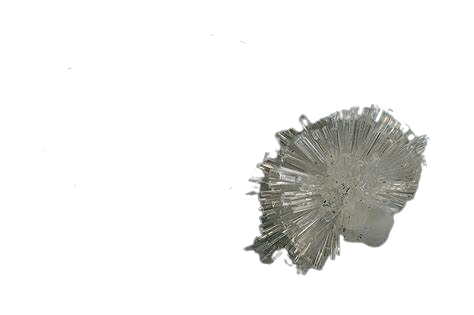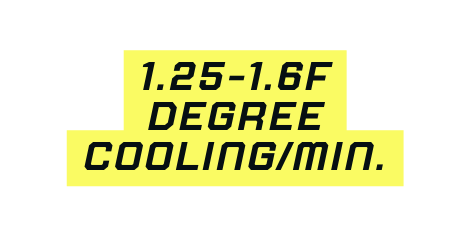







Why CO2 rocks
Carbon dioxide capture from combustion and CO2 direct air capture from the atmosphere are at a technology readiness level where they need storage now. But transporting this CO2 has a pipeline problem.
Once carbon dioxide is removed from air, it needs to be injected deep underground in depleted oil and gas wells, or sandstone, salt reservoir, or volcanic rock formations. But these underground sinks are not always located where CO2 can be efficiently captured.
The pipelines proposed to transport this CO2 from capture point to storage wells often face public backlash, long permitting periods and use of eminent domain. CryoCellar can enable shallow underground storage in produce fields, with technology that turns CO2 into rocks.
This process has agricultural co-benefits that allow CO2 to be put to work for humanity, rather than burying the CO2 deep underground.

Charged carbon catalyst
Magnesium Chloride Brine
supercritical
Pure Phase CO2
Nesquehonite
- Nesquehonite is fast-forming and stable at pH under 2.7 and temperatures up to 207 F.
- The resulting 1/4in. rocks have a high surface area, functioning to improve soil aeration and water holding capacity, making roots more resilient to drought, floods and disease.
- This extremely cold reaction enables off-grid produce cooling, which improves shelf-life.

Fast off-grid Cooling without Power or water
Forced air cooling system enhanced with cryogenic CO2 mineralization.
Each hour of pre-cooling can add an additional day of produce storage life
ease of use
Nesquehonite does not retain any salinity through an onboard washing cycle. It is applied with a fertilizer spreader or seed drill.
customer success model
Cryocellar will supply both CO2 and mineral brine to farms purchasing the mobile mineralization reactor This enables annual 45Q carbon capture and storage tax credits or pre-market purchases of future carbon removals to third parties.
Field Trial results




- Direct weighing of nesquehonite
- Measurement of unconverted CO2
- Measurement of CO2 in soil gas
- X-ray diffraction spectrometry
- Volumetric calcimetry
Measurement reporting and verification
- 0.4 lbs of CO2 captured per lb
- of nesquehonite
Lifecycle Assessment
We are currently undertaking a Lifecycle Assessment Study of magnesium chloride brine and the transport and of hydrochloride to companies for
utilization.
Retail Store carbon insets
Decarbonize your fresh produce supply chain by working with farms storing carbon by making and applying nesquehonite in their fields, orchards and vineyards.



